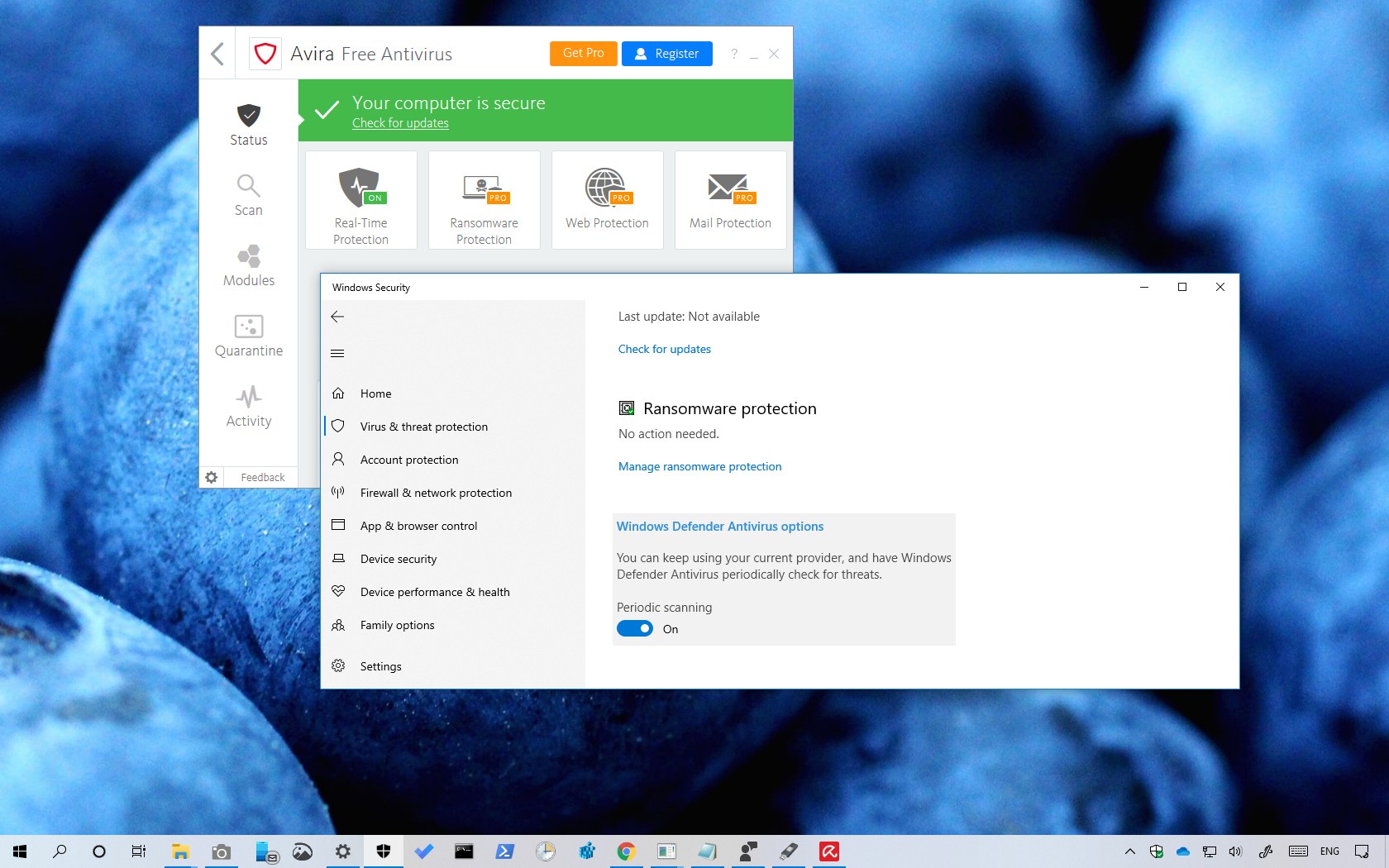

Both of those should be available from your Linux distro's package manager. You'll need to install the XSane scanner software and the GIMP XSane plugin.

But did you know you can use it to drive your scanner? You probably know GIMP as an image-editing tool. While none of those features are truly killer, they give you a bit more flexibility. You can also rotate, crop, and delete pages. That beats going into gscan2pdf's preferences every time you want to change any of those settings. You can set the scan's resolution, whether it's black and white or color, and paper size before you click the Scan button. In addition to saving scans in various image formats (JPEG, PNG, and TIFF), gscan2pdf also saves them as PDF or DjVu files. Even so, gscan2pdf is still comparatively light. Gscan2pdfĪnother old favorite, gscan2pdf might be showing its age, but it still packs a few more features than some of the other applications mentioned here. That comes in handy when, say, you want to excise someone or something from a photo. One nifty feature is the software's ability to save portions of what you've scanned to separate files. Skanlite can save to these image formats: JPEG, PNG, BMP, PPM, XBM, and XPM. The software has options that you can configure, including automatically saving scanned files, setting the quality of the scan, and identifying where to save your scans. Skanlite has few features, but it gets the job done nicely. In many ways, Skanlite is Simple Scan's cousin in the KDE world. And if necessary-say you're submitting a signed form-you can email from within Simple Scan. If you've scanned something with more than a couple of pages, you can reorder the pages before you save. You need to go into Simple Scan's preferences to change those settings. On top of that, Simple Scan uses a set of global defaults for scanning, like 150dpi for text and 300dpi for photos. That said, Simple Scan can be slow, even if you scan documents at lower resolutions. After scanning something, you can rotate or crop it and save it as an image (JPEG or PNG only) or as a PDF. Scanning a document or photo takes one click. If you've seen it before, that's because Simple Scan is the default scanner application on the GNOME desktop, as well as for a number of Linux distributions. One of my longtime favorites, Simple Scan is small, quick, efficient, and easy to use. I've used each of these tools (and even wrote about three of them back in 2014) and found them very useful. Let's take a look at four simple but flexible open source Linux scanning tools. They work with a variety of scanners and do a good job. Why? Because there are good scanning applications available for the Linux desktop. Free online course: RHEL Technical Overviewīut the catch is many scanner makers don't have Linux versions of the software they bundle with their devices.


 0 kommentar(er)
0 kommentar(er)
